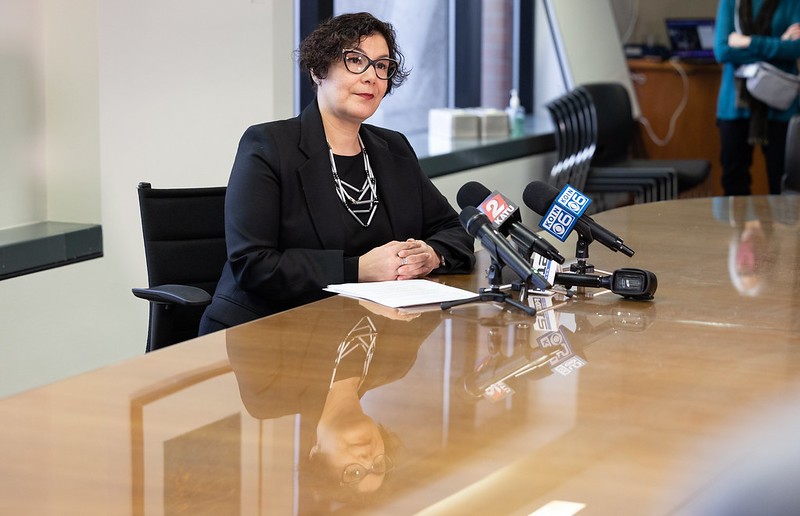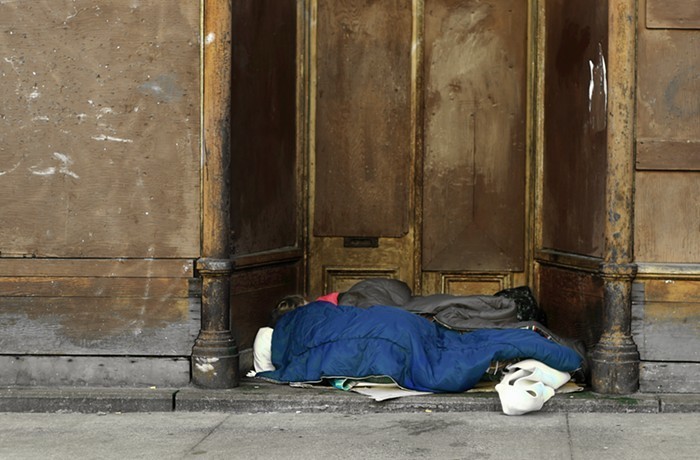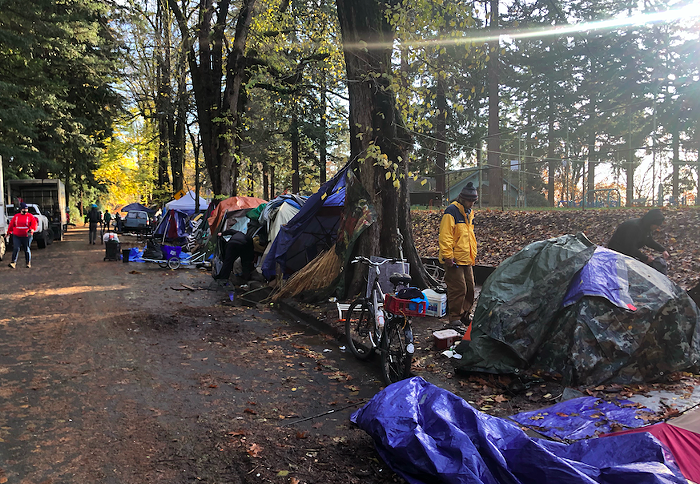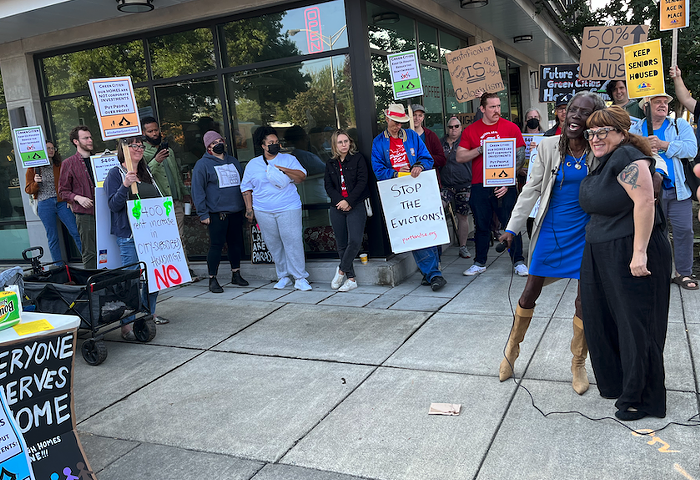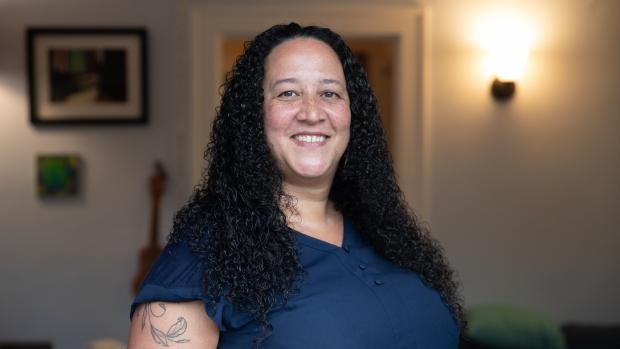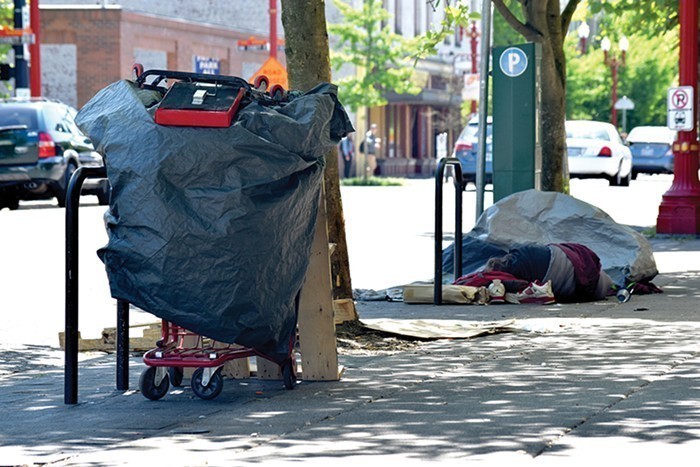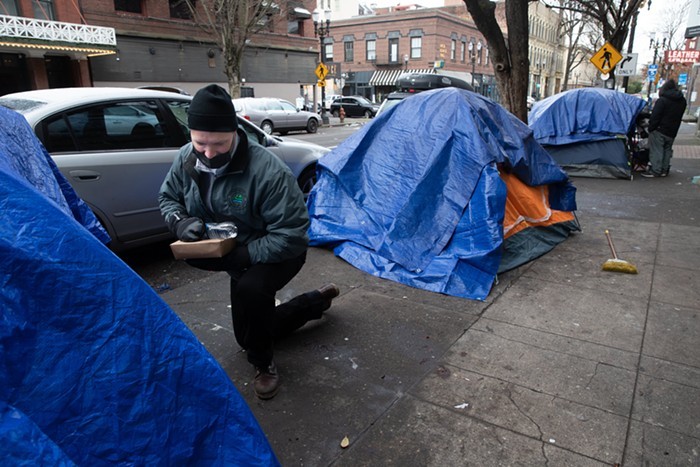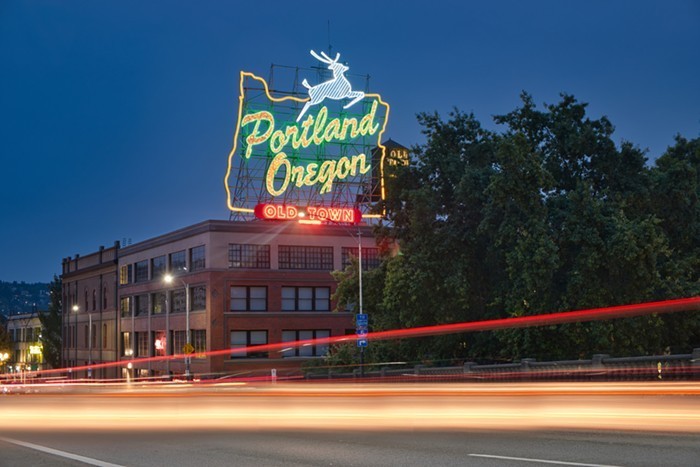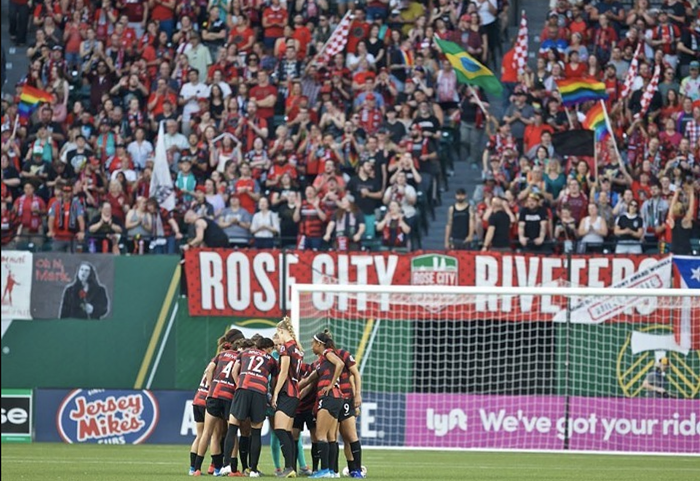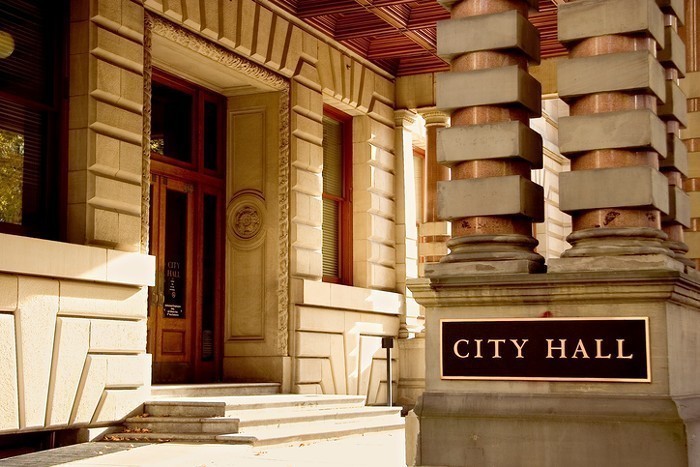Multnomah County and the City of Portland will aim to eliminate unsheltered homelessness in Portland’s central city over the next four months by incentivizing landlords to rent to unhoused residents, county chair Jessica Vega Pederson announced Friday. While no rentals or landlords are currently signed onto the effort, the county aims to house 300 people in 12 months through the project, titled Housing Multnomah Now.
“The goal of this model is to connect people directly to housing and stop the shuffle of moving people from one location to another as they’re living outside,” Vega Pederson said in a press conference Friday.
The model acts as an extension of Move-In Multnomah—a county program that guaranteed landlords 12 months of rent paid by the county and compensation for any damages if they accepted homeless tenants. The program was deemed a success, moving 214 people into homes in four months for $4 million, but the future of the program was unclear due to a lack of dedicated funding.
Using $14 million in previously undedicated funding from the Metro Supportive Housing Services tax allocated to Joint Office of Homeless Services—the county and city’s jointly funded effort to address homelessness in the region—the county and city will replicate the Move-In Multnomah program, but tailor outreach to unhoused people neighborhood-by-neighborhood. Some of that funding will go into an additional landlord incentive fund that can be used to offer landlords additional money for tenants who they deem risky, like people with a poor rental history. Unhoused people will not have to meet any criteria in order to be housed through this program, unlike other shelter programs that typically don’t allow pets or require residents to be sober. According to Vega Pederson, the goal of Housing Multnomah Now is to get unhoused people into a stable living environment where they can then work with service providers to address their specific needs to transition into permanent housing, like accessing behavioral health services, getting a job, or obtaining an ID card.
Vega Pederson said that outreach to landlords and other partners is underway and efforts to house people will begin in downtown, Old Town, and the central Eastside of Portland in the coming months.
“We need more landlords to step forward and provide those living on our streets with a safe place to sleep,” Vega Pederson said, stressing the monetary incentives of the program. Over 200 landlords participated in the Move-In Multnomah pilot program, and the region will need at least that many—though likely more—to meet the goal of hosting 300 people within 12 months.
Vega Pederson noted that Housing Multnomah Now will work in tandem with the city of Portland’s Safe Rest Villages and planned sanctioned outdoor camps as a way to offer alternatives to people who are not ready to accept housing. The timeline of the city’s sanctioned outdoor camps is unclear—Portland officials are currently determining a provider to run the camps and have yet to announce any locations—and the camps likely won’t be available when Housing Multnomah Now efforts begin downtown. However, in contrast with the city’s plan to eliminate unsanctioned homeless encampments, Multnomah County will not cite, arrest, or otherwise criminalize unhoused Portlanders who decline to move into housing through this program.
“We know that everyone is better off with a roof over their heads and the needed services available,” Vega Pederson said. “As long as there are vacancies in rental units in the metro area, we should be able to move people into those units and help them stay there.”
Earlier this week, Vega Pederson also announced an effort to make data on the region’s progress in addressing homelessness more readily available to the public. The county will convene a task force to identify performance metrics for the Joint Office of Homeless Services, which will then be displayed on a public dashboard starting in April 2023.
